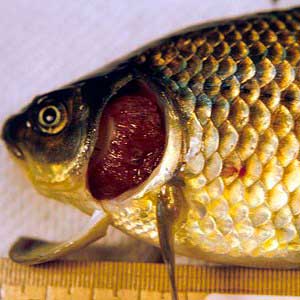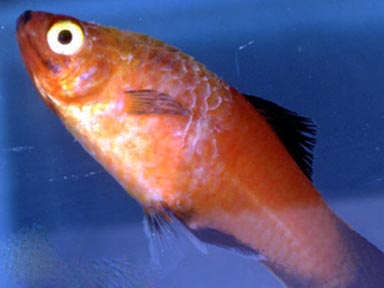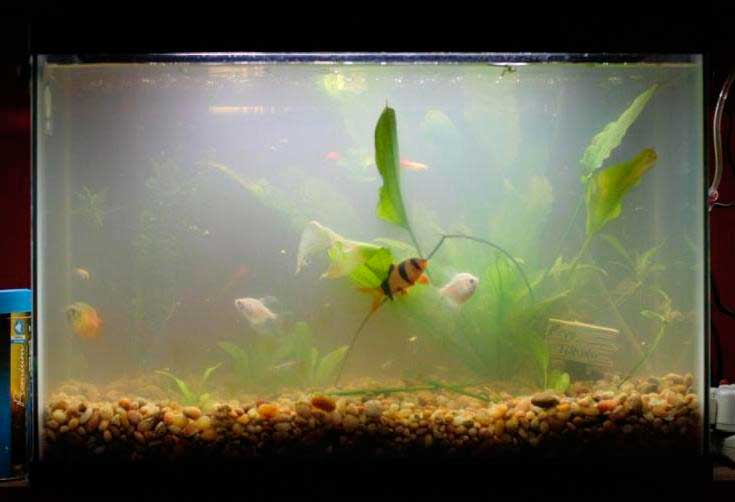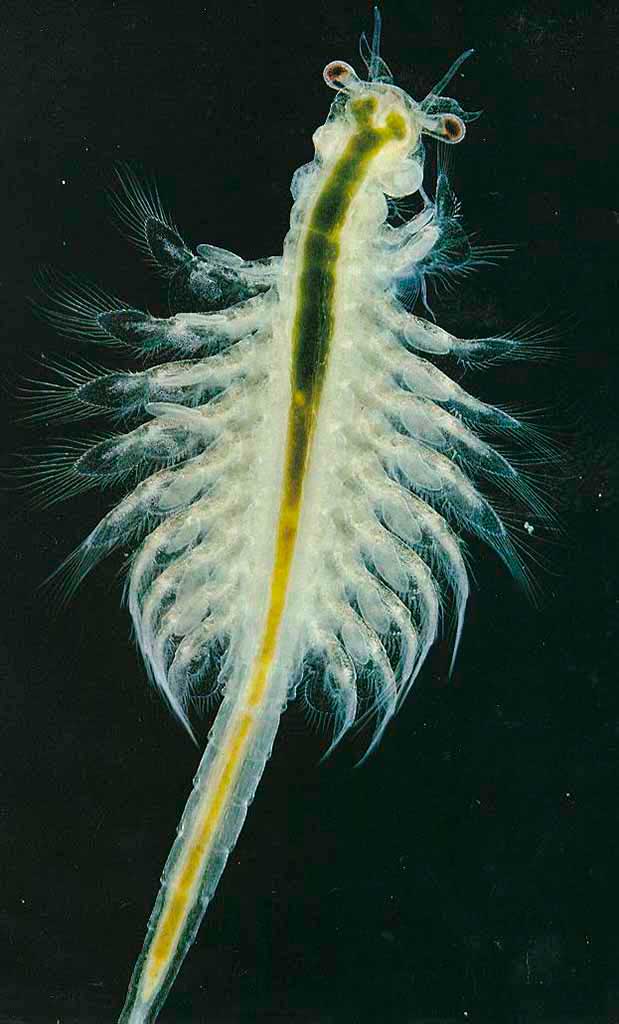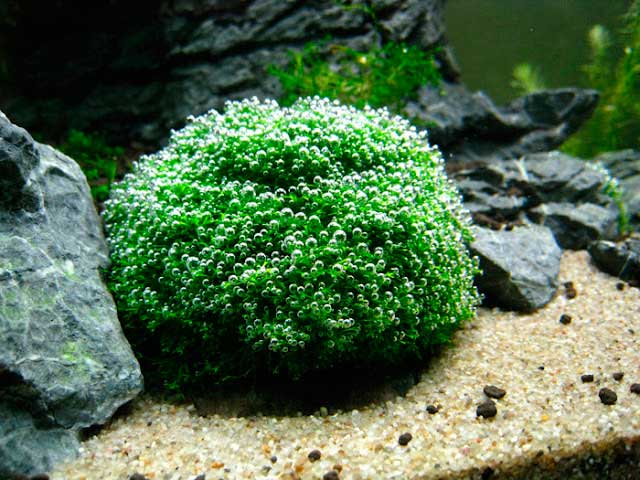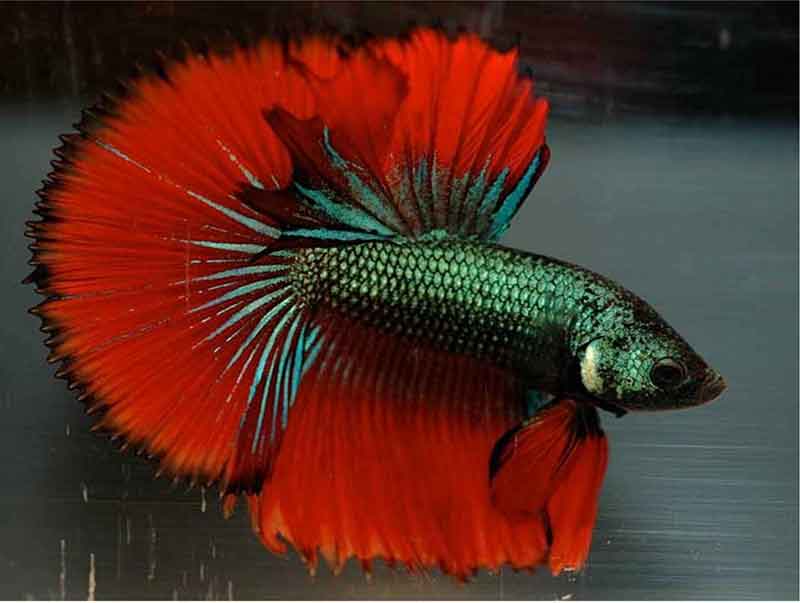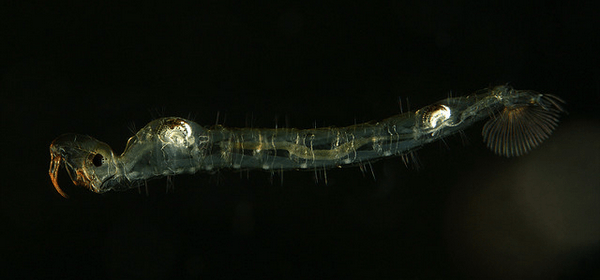Branchiomycosis is an infectious pathology in aquarium fish caused by the fungi Branchiomyces sanguinis and Branchiomyces demigrans. As a result of infection, the gill apparatus is affected.
Fortunately for aquarists, branchiomycosis is not common, because for its occurrence, it is necessary for an ecological disaster to occur in the aquarium, as a result of which the water will become extremely dirty and unfit for fish to live in it. Nevertheless, the causative agent of branchiomycosis is highly virulent.
Usually in the home aquarium pathogenic fungus enters with live food. Once in a favorable environment for reproduction, the causative agent of branchiomycosis with the flow of water lingers in the gills of fish, where hyphae begin to germinate. However, for this to happen, the water in the aquarium must be sufficiently dirty and warm. In other words, fish kept in violation of animal hygiene rules are susceptible to branchiomycosis.
Without taking emergency measures, pursuing the suppression of branchiomycosis, sprouting fungal hyphae can cause necrosis of the gills, as they easily block the lumen of blood vessels. Dead tissue becomes a favorable environment for the development of pathogenic microflora, which leads to the decay of the affected areas.
Without proper experience, it is difficult to make an accurate diagnosis, because the symptoms of branchiomycosis are masked by other common pathologies of aquarium fish, such as tuberculosis and ichthyosporidiosis. This is where the insidiousness of the disease lies, because missed time threatens to kill most of the inhabitants of the aquarium.
Branchiomycosis symptoms
Specific symptoms of branchiomycosis include the formation of dark red stripes, as well as gill erosion. In the neglected phase of the pathology, the gills acquire a mosaic coloration, since part of the gill petals under the influence of the fungus dies off.
The behavior of diseased fish undergoes a change. They become apathetic, refuse food, sluggishly react to stimuli, conditioned reflexes are largely retarded. Due to oxygen deprivation, affected by branchiomycosis fish prefer to be in the upper layers of aquarium water. However, they do not grab atmospheric air with their mouths. In addition, the fish often rub their bodies against various aquarium furnishings.
The narrowing of the lumen of blood vessels due to the formation of clots from fungal hyphae makes it difficult for blood to flow away from the gills. For this reason, the gills become almost dark blue in color. Gill petals atrophy, as a consequence of which significantly reduced in size. It can be seen that at the last stage of the pathology, the fish swims on its side. This is usually how it dies.
Even after complete elimination of the fungus, the gill apparatus of fish takes a long time to recover. Full regeneration sometimes takes a whole year. And even after this time, the gills will not restore their functionality completely and visually still visible areas that have undergone destructive changes during the disease.
Treatment
Once a definite diagnosis has been made, the fish should be treated immediately. For effective treatment, all individuals are placed in a quarantine tank with fungicidal preparations added to the water.
At the same time, the main aquarium must be thoroughly cleaned of dirt, organic residues and fish excrement. The aquarium itself, the ground and all equipment should then be treated with a disinfectant solution.
Before returning the fish released from the pathogen of branchiomycosis in the general aquarium, it must be filled with settled water and turn on the aeration system at full capacity.
